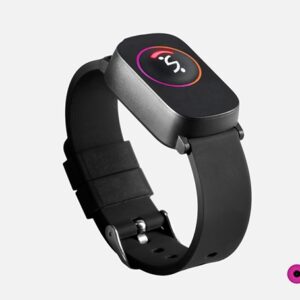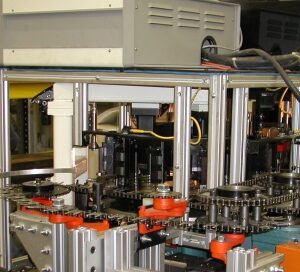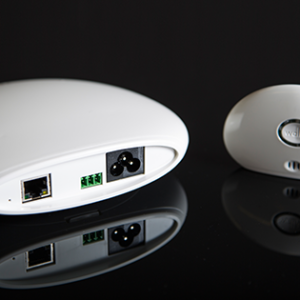Driving at night or in challenging weather conditions like fog and heavy rain can be daunting for many drivers. Reduced visibility not only makes it difficult to navigate the road but also poses significant safety risks. Enter thermal cameras for cars—a game-changing technology that promises to revolutionise night-time and low-visibility driving.
What are Thermal Image Cameras?
Thermal imaging, also known as infrared imaging, captures the heat emitted by objects. Unlike traditional cameras, which rely on visible light to create an image, thermal cameras detect temperature variations. Everything, whether living or inanimate, emits some level of thermal energy, and these cameras can pick up that energy and translate it into an image.
Why Are They Beneficial for Cars?
Enhanced Night Vision: One of the primary advantages of thermal cameras is their ability to function in complete darkness. While headlights can illuminate the road up to a certain distance, thermal image cameras can detect objects beyond that range, providing drivers with a broader view of what’s ahead. This means you can spot animals, pedestrians, or obstacles on the road much earlier, giving you ample time to react.
See Through Fog and Rain: Poor weather conditions scatter light, making it hard for regular cameras and human eyes to see clearly. Thermal image cameras, however, are unaffected by these challenges. Their ability to detect heat means that they can provide clear imagery even in the densest fog or heaviest rain.
Reduced Glare: Oncoming vehicle headlights can momentarily blind drivers. Thermal cameras, since they don’t rely on light, aren’t affected by such glares, ensuring continuous, clear vision.
How Do They Work in Cars?
Most thermal image cameras designed for vehicular use are mounted on the front grille or behind the windshield. Once installed, they scan the road ahead for temperature variations. The data is then processed and displayed on the car’s infotainment screen or a dedicated monitor. Some advanced systems even integrate with the car’s on-board computer and can send alerts or sound alarms if they detect potential hazards.
Safety Implications
The implications of this technology for road safety are profound. According to the National Highway Traffic Safety Administration, a significant number of accidents occur at night, often due to reduced visibility. By giving drivers a clearer view of the road, thermal image cameras can drastically reduce the number of these accidents.
Moreover, they can be especially beneficial for older drivers. As we age, our night vision deteriorates. Thermal image cameras can compensate for this, ensuring that older drivers can navigate the roads safely after dark.
The Future of Driving
While thermal image cameras for cars are still in their nascent stages, their potential is undeniable. As the technology becomes more refined and affordable, it’s likely that we’ll see more vehicles equipped with these cameras in the future, making our roads safer for everyone.
Finally, thermal image cameras Australia are set to redefine the way we drive. By providing unparalleled clarity in challenging conditions, they ensure that drivers are always aware of their surroundings. Whether you frequently drive at night, live in an area prone to fog, or simply want an added layer of safety, investing in a thermal image camera for your car is a wise decision. Safe driving is, after all, clear driving.





